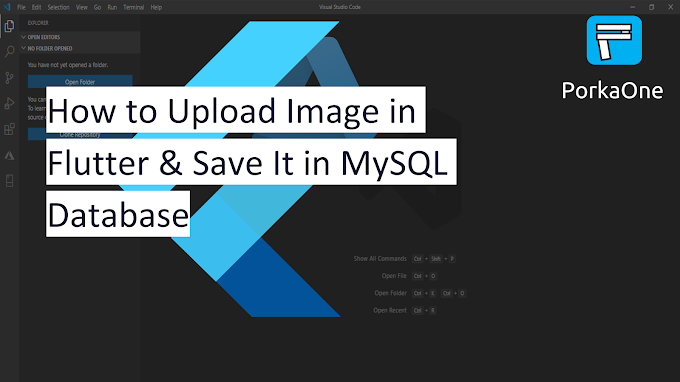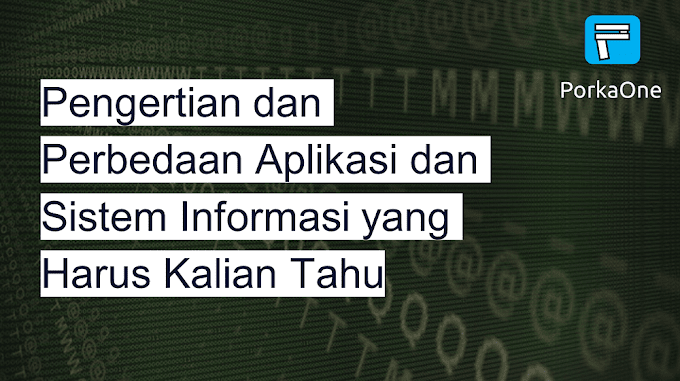What is Data Warehouse?
Data warehouse is a warehouse for storing data, it is a system that is tasked
with archiving data and analyzing existing data to support the company's
business needs. Transaction data every day is very large and continues to
grow, if it is not collected in a structured or orderly manner then it will be
difficult for companies to analyze their business in the future and make
decisions.
This warehouse will collect all types of data such as documents, files,
employee profile data, salary data, position data, sales transaction data,
purchases and all data generated by a company.
Benefits of Data Warehouses
Some of the functions or benefits of having and using a data warehouse to the fullest are:1. Facilitate In Making Decisions
Data is stored centrally in a structured manner in a system and is processed automatically using the system so that stakeholders do not need to bother processing data and presenting it in a form that is easy to understand. This is an advantage, stakeholders or stakeholders can act quickly and make the right decisions based on the data that has been stored.2. Simplify Data Access
Because data is stored in a structured and centralized manner in a system, this makes it easier for everyone who has access to data. The system only needs to set the role or access of each user so that these users can see only allowed data. Unlike if the company does not use a data warehouse. We may need to come to another division and ask directly to find out what data has been recapitulated. Or we need to collect data from all divisions, then we need to process it again, then we can get the information.3. Providing Information About Historical Data
This is also the interesting part. By collecting data periodically or every period we can compare many things. Like positive trends in sales, whether sales are decreasing or increasing, how are consumers' behavior from time to time, how are the attitudes or behavior of employees from time to time, we can also look at the history of the company itself. This is an advantage for business.Characteristics of Data Warehouses
Previously, I explained what a data warehouse is and what its benefits are for business. Next we need to know the characteristics of the data warehouse. By knowing these characters or traits, you can later distinguish which data warehouses are and which are not.1. Subject Oriented
Subject-oriented means focusing on the main theme or thing. Examples include products or customers. Due to the focus on the theme or subject, the data warehouse should be more classified and more structured. This makes it easier for management to view data per category.2. Data Integration
The data warehouse stores various data, including documents, files, mp4, photos, videos, audio, employee data, purchases, sales and other data. This data varies in type, the data warehouse should be able to combine every data even from other divisions. This is important, because it will generate new insights for the company.3. Static and Formed Periodically
Usually the data collected is the same from period to period. This means it is static. This data will increase massively from time to time or from period to period. But because the pattern is static, the system does not need to make new calculations and analyzes about the data collected.Data Warehouse Components
Following are the 5 main components of a data warehouse, namely:1. Warehouse
The first main component is a data storage area or we can call it a warehouse. The shape can be varied which can be adjusted to the needs. Among them are data warehouse applications, analytics applications, cloud hosted or VPS, servers, RDBMS2. Data Warehouse Management
Even though it's virtual and using an application to manage it. The party appointed to supervise and control the data warehouse remains. Because humans are still needed to execute certain data, or to instruct computers so that the collected data can be analyzed. Related to data warehouse management work is ensuring the data warehouse is safe, accessible, the data stored is not messy, monitoring, controlling, ensuring data updates, backups and results reports.3. Access Tools
There are several tools to facilitate and support the company's business
strategy in optimizing the data warehouse. Among them you can use the concepts
of data mining, OLAP, query reporting or develop your own graphics and
analysis system if you or the company team have programming skills.
4. Tools ETL
ETL stands for extract, transform, and load. namely the process of
collecting data which can later be modified or processed in order to get
various new insights later. These tools can later affect the time, method,
and type of data modification.
ok, that's all for our article this time about the meaning of a data
warehouse, its benefits, characteristics and components. May be useful. If
you have anything to ask, please leave your message in the comments column
below. That is all and thank you.







0 Comments
Come on ask us and let's discuss together
Emoji